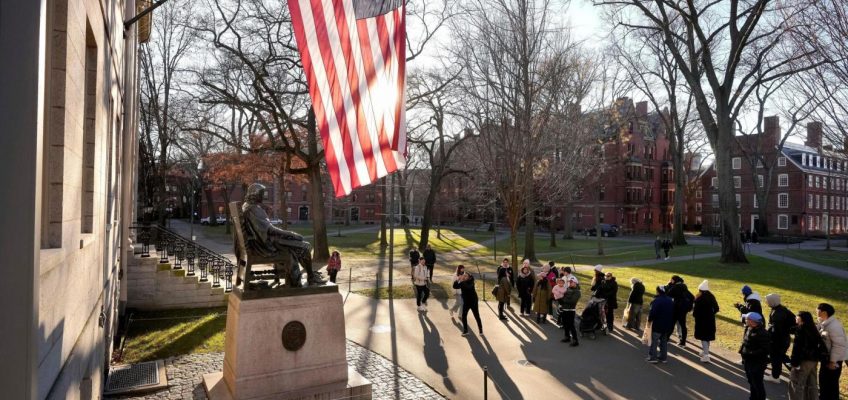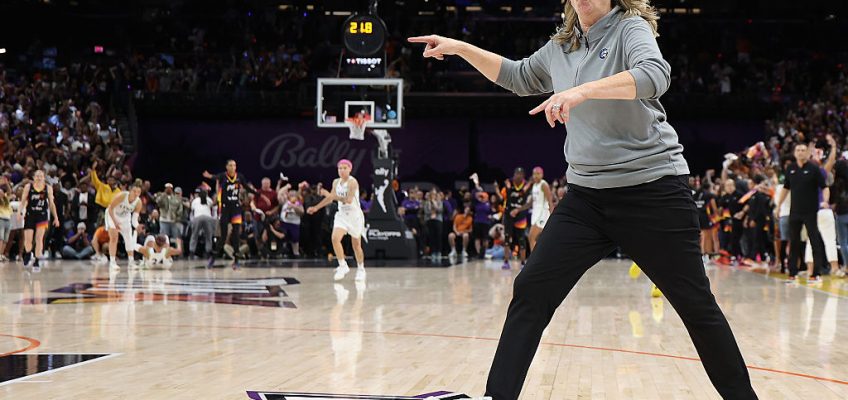By JIM GOMEZ
MANILA, Philippines (AP) — An offshore earthquake of magnitude 6.9 jolted the central Philippines and collapsed the walls of buildings late Tuesday, killing at least six people, injuring several more and sending residents scrambling out of homes into darkness as the intense shaking cut off power, officials said.
As Amazon’s ‘flying rivers’ weaken with tree loss, scientists warn of worsening droughts
Israeli troops kill at least 31 Palestinians in Gaza as Trump peace proposal raises questions
Japan and South Korea leaders commit to closer ties in their final summit
Nepal chooses a 2-year-old girl as new living goddess worshipped by both Hindus and Buddhists
Tony Blair’s long experience in the Middle East is both his strength and his weakness
The earthquake was centered about 10 miles northeast of Bogo, a coastal city of about 90,000 people in Cebu province, and struck about 10 p.m. local time.
Six people, including three coast guard personnel, a firefighter and a child, were killed in San Remigio town, south of Bogo, the town’s vice mayor, Alfie Reynes, told the DZMM radio network without elaborating how the victims died.
Reynes appealed for food and water, saying San Remigio’s water system was damaged by the earthquake. Heavy equipment may be needed to deal with damage in mountain villages in the area, Reynes said.
In Bogo, the quake damaged concrete walls of houses, a fire station and concrete and asphalt roads, firefighter Rey Cañete said.
“We were in our barracks to retire for the day when the ground started to shake and we rushed out but stumbled to the ground because of the intense shaking,” Cañete told The Associated Press by telephone, adding that he and three other firemen sustained cuts and bruises.
A concrete wall in their fire station collapsed, Cañete said. He and fellow firefighters provided first-aid to at least three residents, who were injured by falling debris and collapsed walls, including an elderly man with head injuries who they took to a nearby hospital, he said and added that more residents may have likely been injured due to the intense shaking.
Damage outside the Archdiocesan Shrine of Santa Rosa de Lima in Cebu City is shown on Tuesday, Sept. 30, 2025, after strong offshore earthquake with a preliminary magnitude of 6.9 shook the central Philippines. (Vince Sylvan A. Toring via AP)
Hundreds of terrified residents gathered in the darkness in a grassy field near the fire station and refused to return home hours after the earthquake struck in Bogo. Several business establishments visibly sustained damages and the asphalt and concrete roads where they passed had deep cracks, Cañete said, adding that an old Roman Catholic church in Daanbantayan town near Bogo was also damaged.
Cebu Gov. Pamela Baricuatro said an unspecified number of houses and a hospital were damaged in Bogo and elsewhere and that emergency medical teams were being deployed to treat residents who were pinned and injured. The extent of the damage and injuries would not be known until daytime, she said.
“We’re sending already a trauma team there, doctors and nurses are on the way,” Baricuatro told the DZMM radio network. ”We need medicine, food, medical teams.”
The Philippine Institute of Volcanology and Seismology briefly issued a tsunami warning and advised people to stay away from the coastlines in Cebu and in the nearby provinces of Leyte and Biliran due to possible waves of up to 3 feet.
Teresito Bacolcol, director of the institute, told The AP that the tsunami warning was later lifted with no unusual waves being monitored.
Central Philippine provinces were still recovering from a storm that hit on Friday, leaving at least 27 people dead mostly due to drownings and falling trees, knocking out power in entire cities and towns and forcing the evacuation of tens of thousands of people.
The Philippines, one of the world’s most disaster-prone countries, is often hit by earthquakes and volcanic eruptions due to its location on the Pacific “Ring of Fire,” an arc of seismic faults around the ocean. The archipelago is also lashed by about 20 typhoons and storms each year.




